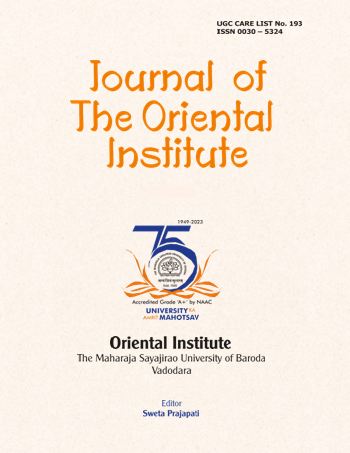Auto Colorization of Image
DOI:
https://doi.org/10.8224/journaloi.v74i2.826Abstract
Image colorization is the process of adding color to an image which was black and white, also called greyscale. It is a technique used to enhance and bring life to old photos, movies, and other visual media that were originally captured in monochrome. Colorization can be done manually by artists, but more commonly it is achieved through the use of algorithms and software that automate the process. The goal of image colorization is to recreate as accurately as possible the original colors of the image, based on contextual information and other cues present in the image itself. The first photographic processes were invented in the early 19th century, but because of the technological limitations of that time, these early techniques were only capable of capturing monochrome images, usually in shades of black, white, and gray. It wasn't until the introduction of color film in the mid-20th century that photographers and filmmakers had the ability to capture images in color. So a majority of image and films taken before the mid 20th century are still in black and white. All of these images can take the benefit of this project and can be converted into colored images. Imagine having old black and white photos of your grandparents. Wouldn’t it be amazing if they could be converted into vividly colored images. In this project we will tackle this task and using artificial intelligence and machine learning.








